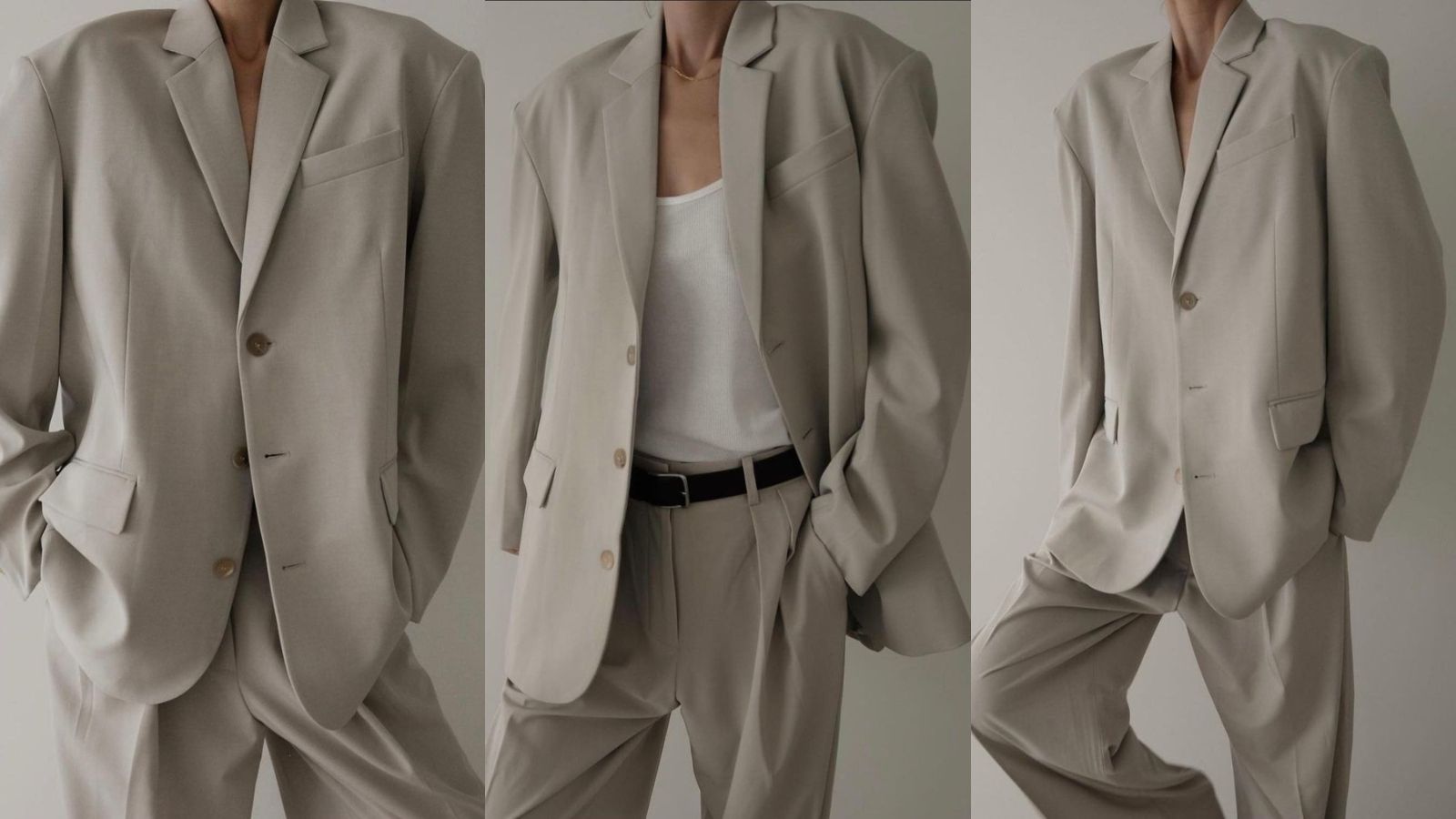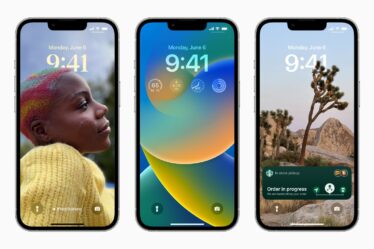
On Crosby Street in Manhattan’s Soho neighborhood, shoppers have long lined up to purchase pleated corduroys and cortados at cult menswear label Aimé Leon Dore. But lately, there’s been a similarly-sized queue outside the store next door, as consumers gather to buy monochrome basics and oversized blazers at womenswear label The Frankie Shop’s newest pop-up store.
Founded in New York’s Lower East Side by ex-journalist Gaëlle Drevet in 2014, The Frankie Shop has quietly built a small empire of utilitarian women’s apparel. The brand’s hero products, which include quilted jackets, monochrome tracksuits, oversized blazers, T-shirts, and cargo pants, are frequently seen on Instagram influencers alongside the hashtag “Frankie Girl.” Even more impressive is that though the brand is an influencer favourite with a wide presence across social media — a million followers on Instagram alone — Drevet rarely does paid partnerships or collaborations.
That may be in part because of her understanding of what influencers will want to wear a season or two down the line from runways and social media trends.
“I’m on my phone a lot checking people and being influenced as well,” she said. The brand’s best-selling Eva T-shirt, for instance, is named after influencer Eva Smyrniotaki after a discussion between the two about the perfect shirt.
Over the past year, to keep up with demand, the brand grew its team and brick-and-mortar presence, inking a slew of new wholesale partnerships including Matchesfashion and Ssense. It also launched a home section along with menswear last year, and with the rise of gender-fluid dressing, Drevet notes that most consumers shop across categories. In 2022, the privately-owned brand has brought in $40 million in net sales so far with 100 percent year-over-year growth.
“Now our big challenge is to manage this success,” said Drevet.
Waitlist Wins
The Frankie Shop releases new products each week, but rather than entirely new drops, most are reiterations of past styles. Silhouettes and the general ethos of the brand remain the same, but with tweaks to materials and colours with the seasons to keep a sense of newness each week.
Its hyper-curated product releases add to that sense of consistent newness — and help maintain the brand’s cash flow. Products are tested with extremely limited quantities and Drevet uses waitlists to gauge interest and demand. (The brand’s signature oversized blazer and other hero items are consistently sold out on the website.)
“The waitlist is my baby,” Drevet says. “I don’t want to have an inventory problem and I don’t have it because of it.”
To meet demand and fulfil orders quickly, The Frankie Shop launched a European website in 2020. New manufacturing centres are in the works in both the US and Europe. Roughly 85 percent of the business comes from online sales, but the brand is seeing a significant increase over the past few months at its physical stores.
Right now, The Frankie Shop operates five permanent stores — four in Paris and one in New York, as well as its 2,500-square-foot New York pop-up on Crosby street. The pop-up’s popularity has Drevet considering adding it as a permanent location to offset traffic from the original 800-square-foot store on the Lower East Side. A store in London is also set for next year, and the brand is eyeing further expansion in its biggest market, the US, in cities like Los Angeles or Chicago.
In recent years, the brand has been experimenting with wholesale, and now counts Net-a-Porter, Matchesfashion, SSense and MyTheresa among its stockists. Drevet admits that wholesale is a challenge when it comes to margins and pricing, but reasons the headache is worth the exposure to new customers. Liane Wiggins, head of womenswear at Matchesfashion, said it has been a standout brand this year with consistently high demand.
“It’s just the relevance of the pieces and the time that they’re dropping, which sounds very straightforward but it’s quite hard to achieve that with a lot of brands,” she said.
Matches Fashion saw a 67 percentage increase in women’s trousers jackets over the past year as consumers, tired of Y2K pieces and athleisure trends, gravitate back towards more formal options. A looming recession and inflation fears have also led to a rise in longer-term investment pieces like blazers and jackets.
“Realistically, we were going into a time where people are cash-strapped across all levels of the market,” said Sara Maggioni, head of womenswear at WGSN. “I think people are going to feel safer having something a little bit more put together.”
Styling has also been a crucial ingredient in the brand’s resonance, with visuals across channels — primarily Instagram and the brand’s website — providing customers with easy and approachable inspiration for mixing the pieces into their wardrobe. Repeat customers and purchases are frequent, in part because of the simplicity of the pieces and how they fit.
“[Drevet] is an incredible stylist and it’s just a magic formula,” said Wiggins. “It’s kind of the age-old thing, once you find that pant that really works for you and your body shape you buy into it in every iteration.”
What’s Next
The Frankie Shop owes much of its success to organic chatter on Instagram. But going forward, Drevet wants to diversify the brand’s social media presence beyond its polished feed posts. She hired a chief marketing officer a few months ago and has expanded into TikTok, focussing on more casual posts. The brand is also evolving its influencer strategy, with a goal of doing more paid partnerships and collaborations.
Looking to the future, the brand also must consider its assortment. Much of its current line-up — suiting separates, oversized shirts — is very of the moment, and there’s a question of whether or not the brand is overly reliant on current trends.
But it’s more that current trends have begun to align with The Frankie Shop. The brand’s original pieces from its very first collections still match the current styles it churns out weekly.
“[It’s] something that feels very fashion-relevant, without seeming too niche or trend-specific,” said Wiggins.
Whether that balance can be maintained while scaling to meet demand remains to be seen. Drevet is cautious of any long-term explosive growth, and is not particularly interested in taking on investors or raising funding. The label’s fast rise over the past few years has come as a welcome surprise to her, but she’s not seeking world domination or looking to employ a growth-at-all-costs strategy. Instead, she wants to maintain demand and make sure consumers can get the right products.
“[I’m] trying to structure the company to remain a niche brand with relevant exposure,” said Drevet. “It’s still a small business with big dreams.”



